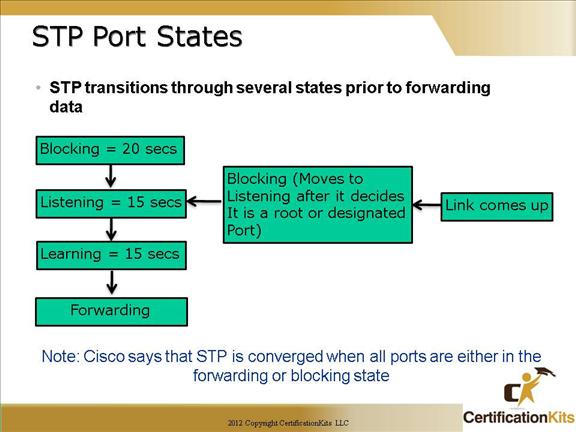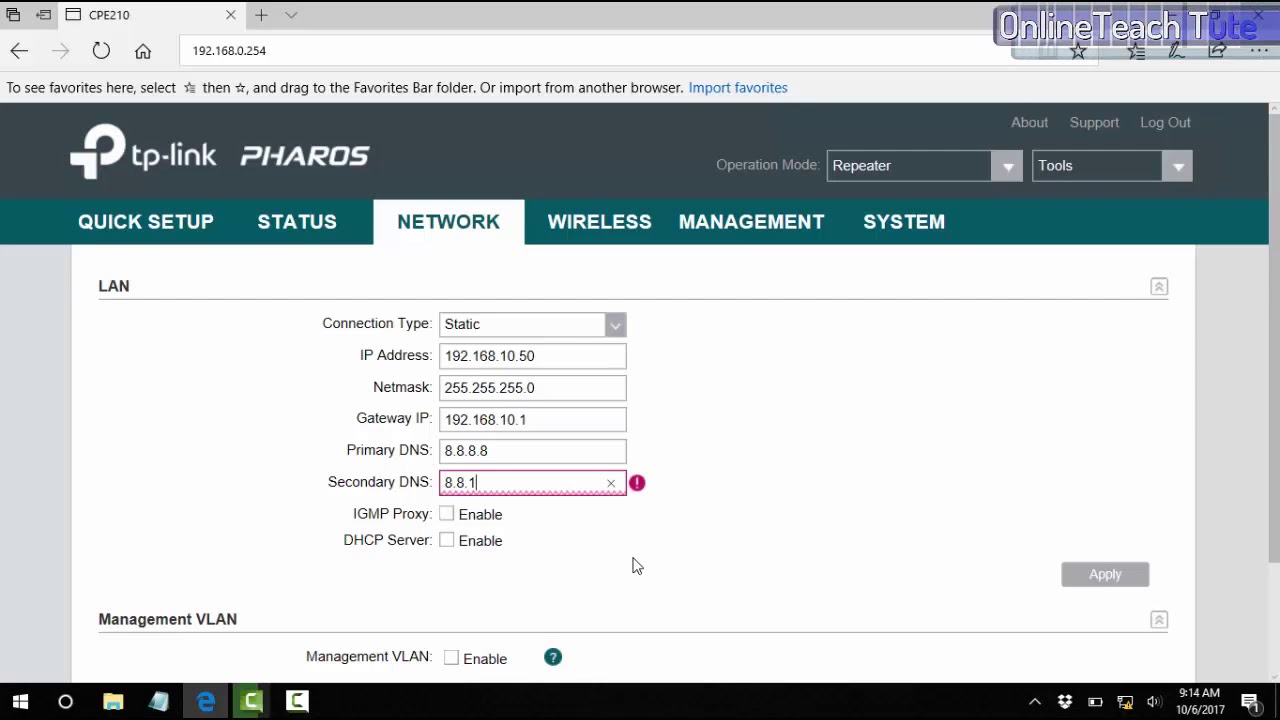

Permanent Clear 802.1d permanent addresses This command has three options, including the ability to clear permanent, dynamic, and restricted entries. Number of restricted static addresses : 0Īddress Dest Interface Type Source Interface ListĠ000.1223.30A5Ğthernet 0/5 PermanentĚllĮntries can be cleared from a switch’s MAC address table by issuing the clear mac-address-table command. The table shows not only the MAC addresses of connected devices, but also the port number they are associated with, and whether these entries are dynamic or permanent. To view the MAC address table on a Cisco 1900, issue the show mac-address-table command. It is also possible to add permanent entries to the MAC address table, as we’ll see shortly. They will exist in the MAC table until the table is manually cleared, or until a certain host is not heard from for a certain period of time – the default is 300 seconds. These entries, which are added to the table automatically, are known as dynamic entries. By default, a Catalyst 1900 switch can store up to 1024 entries in its MAC address table. This table is built as the switch inspects the source addresses of frames as they enter the switch from devices connected to a given port. Δ document.getElementById( "ak_js_2" ).setAttribute( "value", ( new Date() ).A switch makes forwarding decisions based on the entries stored in its MAC address table. I consent to the processing and sharing with partners of the personal data that I provide Packet 6 for this activity in accordance with and as described in the Privacy PolicyĬommentsThis field is for validation purposes and should be left unchanged. Var gform gform||(document.addEventListener("gform_main_scripts_loaded",function()) Learn how your comment data is processed.

Your email address will not be published.
The next time Host A sends a frame destined for Host B, the switch queries it’s CAM table, finds Host B in the table and sends the frame directly to Host B.ĬAM Table Before Host B Communicates on the NetworkĬAM Table After Host B Communicates on the Network. The switch records the incoming frame from Host B and records Host B’s MAC, switchport location, VLAN ID, and applies a timestamp.  Because the destination MAC is unknown, the switch marks the frame for flooding and sends the unicast frame to all ports with the same VLAN association. When Host A sends a frame to the switch destined to Host B, the switch notices the destination MAC address (for Host B) in the frame, queries the CAM table for that MAC address but doesn’t find it. Host A decides to communicate with Host B. Host B has not communicated with the switch yet. Host A is on switchport 1, has the MAC address of AAAA, VLAND ID of 1, and the timestamp. The switch looks into the frame and records the source MAC address (of Host A) and places an entry into the CAM table. Host A is connected to switch port 1 and Host B is connected to switch port 2. If the device connected to that switchport is moved to another port, the switch records the incoming source MAC address, updates the CAM table and removes it’s previous entry for the same MAC address. The switch looks at the incoming frame’s source MAC address and enters it into the CAM table and keeps it there for 300 seconds before aging out. The CAM table is used in multilayer switching for the purpose of quickly switching frames to their destination. It is used to record a stations mac address and it’s corresponding switch port location. In addition, a timestamp for the entry is recorded and it’s VLAN assignment. The CAM table, or content addressable memory table, is present in all Cisco Catalysts for layer 2 switching. It’s not only important for the 642-813 SWITCH exam but it’s important to know for working on the job. The CAM table is one of the fundamental operations of a switch. We dig in deeper into the operations of a switch in the CCNP SWITCH Official Certification Guide.
Because the destination MAC is unknown, the switch marks the frame for flooding and sends the unicast frame to all ports with the same VLAN association. When Host A sends a frame to the switch destined to Host B, the switch notices the destination MAC address (for Host B) in the frame, queries the CAM table for that MAC address but doesn’t find it. Host A decides to communicate with Host B. Host B has not communicated with the switch yet. Host A is on switchport 1, has the MAC address of AAAA, VLAND ID of 1, and the timestamp. The switch looks into the frame and records the source MAC address (of Host A) and places an entry into the CAM table. Host A is connected to switch port 1 and Host B is connected to switch port 2. If the device connected to that switchport is moved to another port, the switch records the incoming source MAC address, updates the CAM table and removes it’s previous entry for the same MAC address. The switch looks at the incoming frame’s source MAC address and enters it into the CAM table and keeps it there for 300 seconds before aging out. The CAM table is used in multilayer switching for the purpose of quickly switching frames to their destination. It is used to record a stations mac address and it’s corresponding switch port location. In addition, a timestamp for the entry is recorded and it’s VLAN assignment. The CAM table, or content addressable memory table, is present in all Cisco Catalysts for layer 2 switching. It’s not only important for the 642-813 SWITCH exam but it’s important to know for working on the job. The CAM table is one of the fundamental operations of a switch. We dig in deeper into the operations of a switch in the CCNP SWITCH Official Certification Guide.







 0 kommentar(er)
0 kommentar(er)
